Genus Xylorhiza Rank Species | Tribe Astereae Scientific name Xylorhiza tortifolia | |
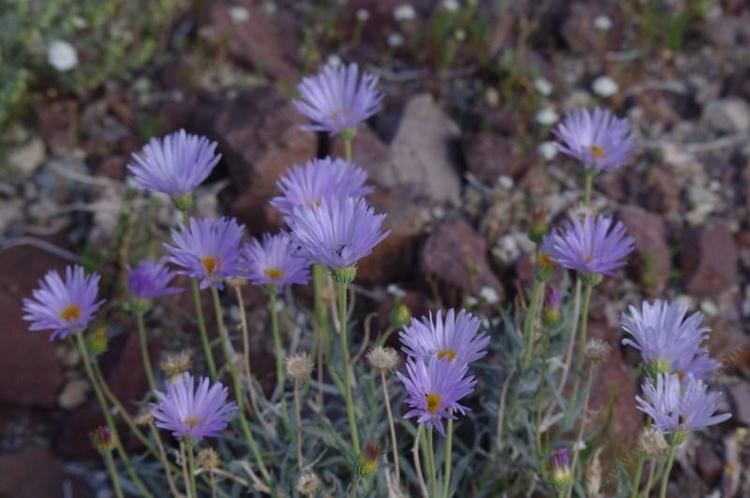 | ||
Similar Xylorhiza, Machaeranthera, Scutellaria mexicana, Chaenactis fremontii, Malacothrix glabrata | ||
Xylorhiza tortifolia is a species of flowering plant in the aster family, known by the common names Mojave-aster and Mojave woodyaster.
Contents
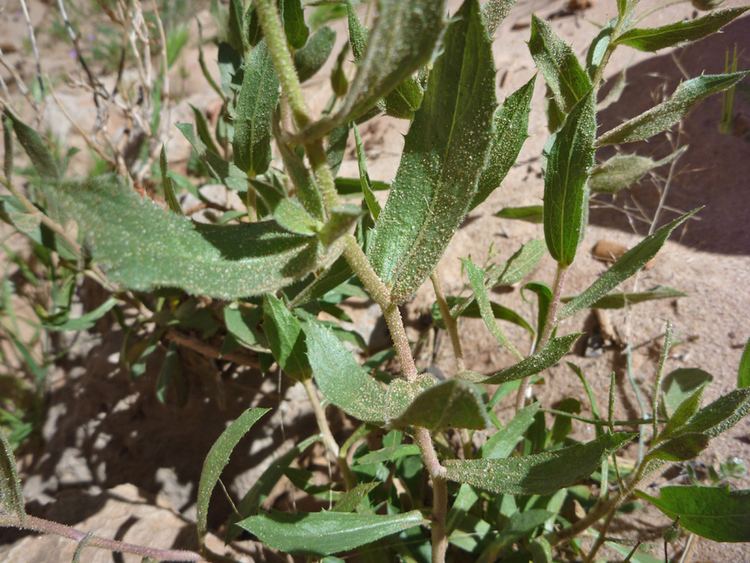
Distribution
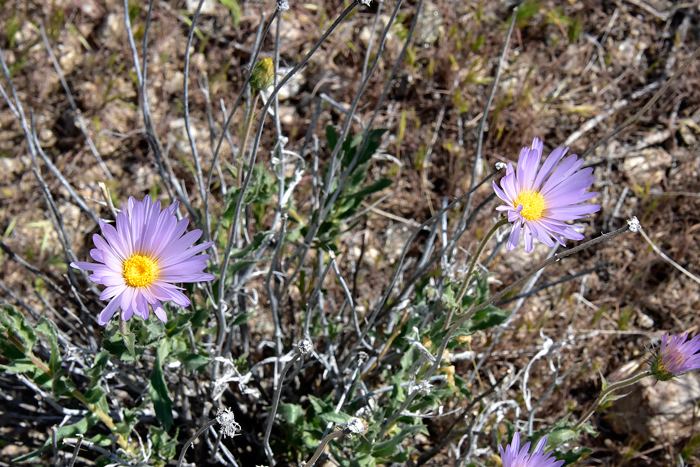
The flowering plant is native to the Mojave Desert, Sonoran Desert, and Great Basin Desert ecoregions of the southwestern United States, California, and northwestern Mexico.
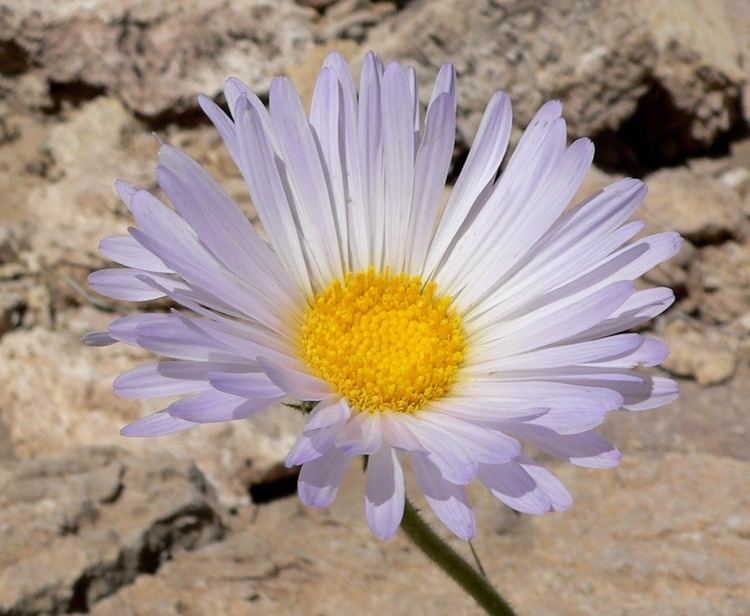
It grows in arid canyons and bajadas/washes, from 240–2,000 metres (790–6,560 ft) in elevation. Habitats it is found in include creosote bush scrub, saltbush scrub, and Joshua tree woodlands.
Description

Xylorhiza tortifolia is a perennial herb or subshrub with branching, hairy, glandular stems that reach 60–80 centimetres (24–31 in) in height/length. The leaves are linear, lance-shaped, or oval, with pointed or spiny tips and spiny edges. The leaf surfaces are hairy and glandular.
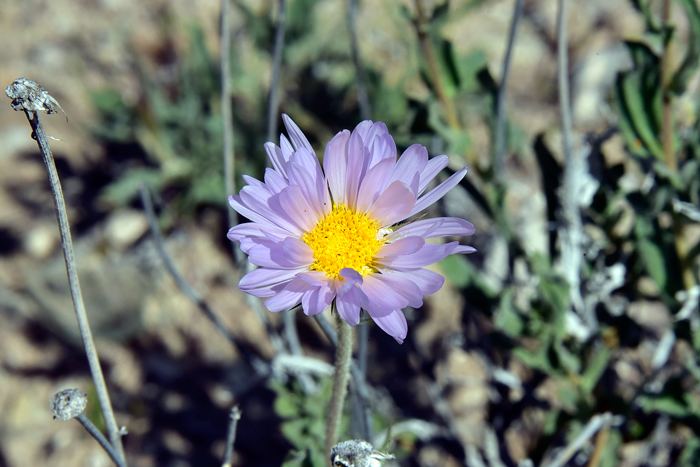
The inflorescence is a solitary flower head borne on a long peduncle. The head has a base with long, narrow phyllaries which may be over 2 centimeters long. The head contains up to 60 or more lavender, pale blue, or white ray florets which may be over 3 centimeters long. The bloom period is March through June.
The fruit is an achene which may be over a centimeter long, including its pappus of bristles.
Varieties
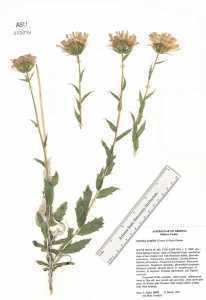
Taxonomy
Desert species of this aster with a woody base (Xylorhiza means woody base) are classified under the genus Xylorhiza, and have been removed from the large and complex genus Machaeranthera, where they were placed for many decades. A similar species, Xylorhiza wrightii−Big Bend aster, is native to the Chihuahuan Desert in western Texas and northern Mexico.
Uses
The Havasupai used the plant for incense and fragrance, with ground leaves carried in the clothes and used as perfume by men and women to counteract body odors.
